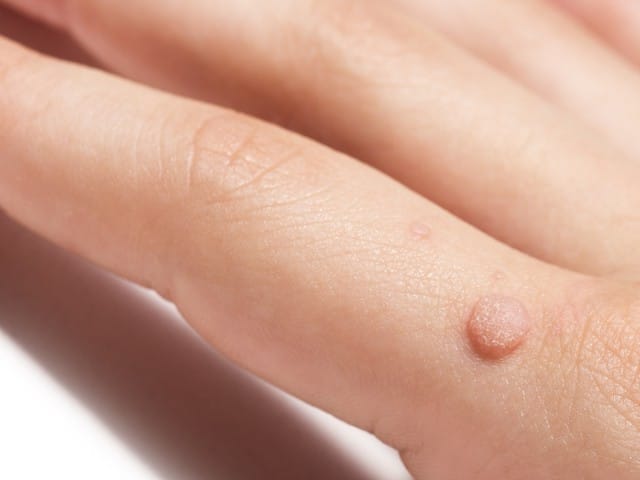4 Common Warts and How They’re Treated

While warts are a common condition seen on the skin, it doesn't mean you have to live with them. At the Dermatology Treatment and Research Center of Dallas, TX, our team works with patients to get warts properly diagnosed and treated. We field many questions about warts from our patients, which leads us to believe that more education is needed to understand these skin growths and what can be done about them. Let's learn more about warts, including the types of warts and the methods of removal available at our practice.
How can warts be treated?
At the Dermatology Treatment and Research Center of Dallas, TX, Dr. Ross Radusky can help you determine the best treatment for your warts. Warts are often treated with various medications, depending on the type of wart. Common warts can often be treated with over-the-counter medications. More stubborn warts may require prescription-strength medication or other treatments such as cryotherapy (freezing), which is performed in our office. Some patients may need electrodesiccation, topical acid patches, or manual removal with specialized medical equipment at our practice.
What are the four most common types of warts?
- Hand and foot warts. Hand and foot warts, also called palmar and plantar warts, are small, raised growths that typically appear on the hands and feet.
- Flat warts. Flat warts are small, raised growths that typically appear on the face, legs, or arms.
- Genital warts. Genital warts are an STI caused by the human papillomavirus (HPV). These small, raised growths tytypically appear on the genitals or anus.
- Filiform warts. Filiform warts are small, raised growths that typically appear on the face, neck, or eyelids.
How do I learn more about warts?
If you have one or more warts on the skin of the body and want to talk to a professional about removing them, connect with our team at the Dermatology Treatment and Research Center in Dallas, TX. To schedule an appointment, call 972-661-2729 to connect with our team. We are dedicated to providing the best quality care for new and current patients of our dermatology practice.